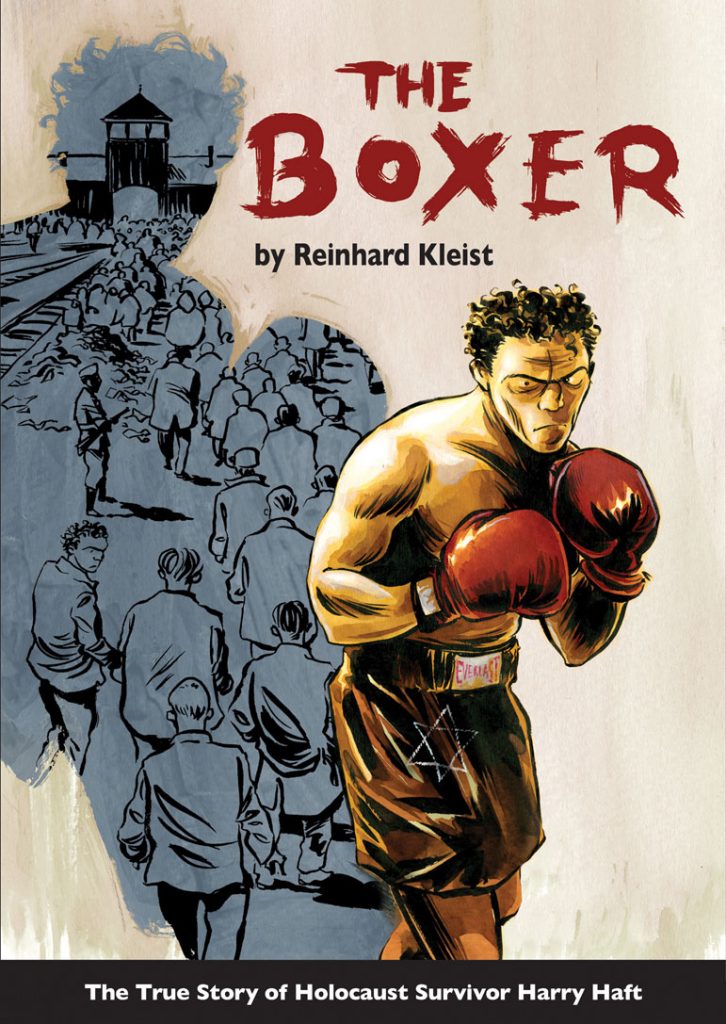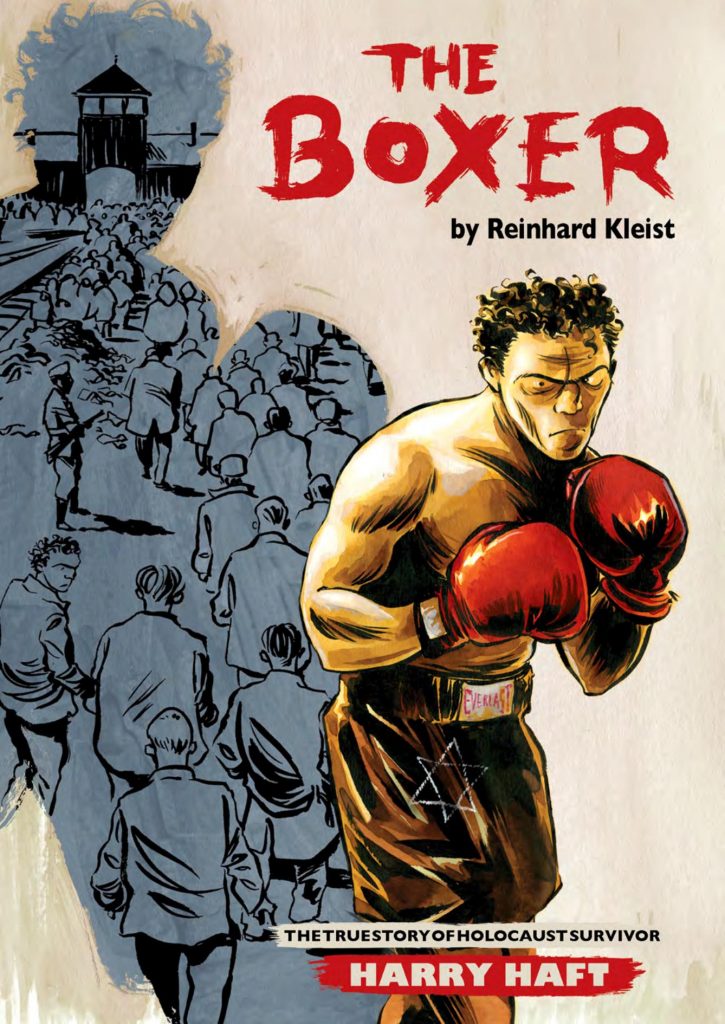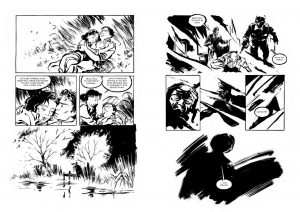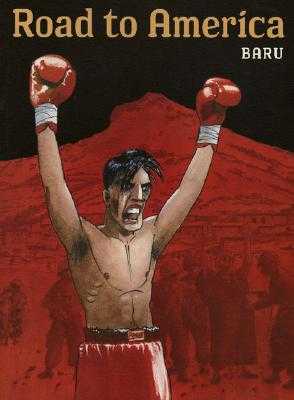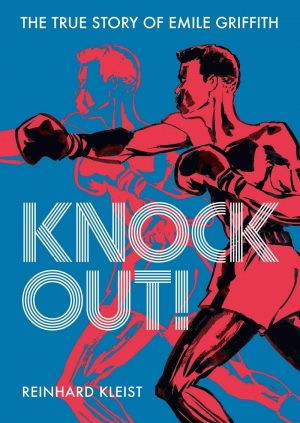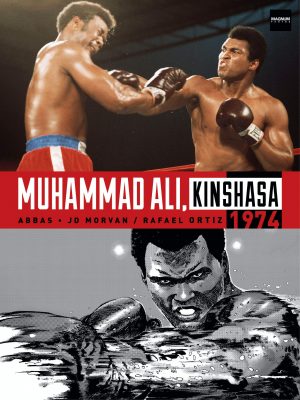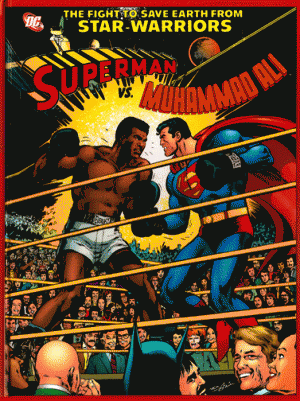Review by Frank Plowright
2021 film The Survivor presented Harry Haft’s incredible story, already adapted from Alan Scott Haft’s 2006 biography Harry Haft: Auschwitz Survivor by Reinhard Kleist in 2012. SelfMadeHero reissued their English translation to coincide with the film.
Alan Scott is Haft’s eldest son, and Kleist opens with a brief look at the person formed by his World War II experiences. Harry was quick tempered and tormented, violence ingrained from an early age, part survival technique and part natural inclination. After the 1939 Nazi invasion of Poland the Jewish community was subjected to escalating persecution, hardship and restrictions, and Harry, then still Hertzko, is shown as incredibly courageous. His path to Auschwitz concentration camp begins when he sacrifices himself to ensure the freedom of his older brother, better able to look after their mother.
Kleist’s chosen form of biography is to semi-fictionalise by putting dialogue into the word balloons, but the results are believable, with Michael Waaler’s sympathetic translation avoiding glitches. The validity of that choice is underscored throughout, combined with expressive art to form a compelling picture of how a person is shaped through brutality, terror and adversity. It doesn’t make for easy reading, despite Kleist’s illustrations being sombre and respectful, and it includes a rarity in such stories, a broadly sympathetic SS officer. Kleist brings across his ambiguity well. Schneider is farsighted enough to anticipate how the war will go for Germany, and while acting in self-interest also ensures Harry’s survival amid terrifying circumstances.
Harry’s is a story with an incredible amount of natural drama beyond the concentration camps. One astounding scene has him meeting a former tormentor back in his home town and what happens when Harry tries to shoot him, while the layered reasons for his wanting to box offer suspense. He learns boxing in the camps, and is tormented by it, yet chooses that trade on emigrating to the USA. As with the camps, Kleist is extremely good at conveying cramped conditions with lost and haunted people on that journey, yet the happier times seen on the left sample art show a beautiful sketched simplicity. There’s a strong connection between Kleist and the material he’s adapting, and that comes through on page after page of well considered art where Harry’s conflicts regarding boxing are effectively contrasted.
Jewish persecution during World War II is an evocative topic that’s resulted in several graphic novels, all of them good. The Boxer sits well among the exalted company, both a strong adaptation and detailing tragedies extending well beyond the war years. It induces sympathy and sorrow without ignoring what Harry could be, and it’s a testament to how brief weeks of teenage happiness can produce a lifelong passion.
